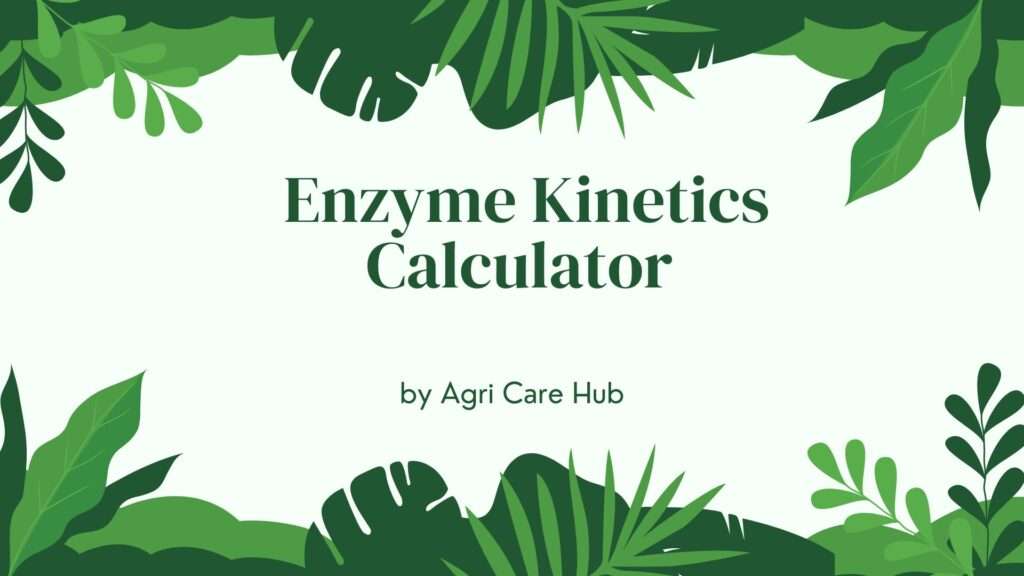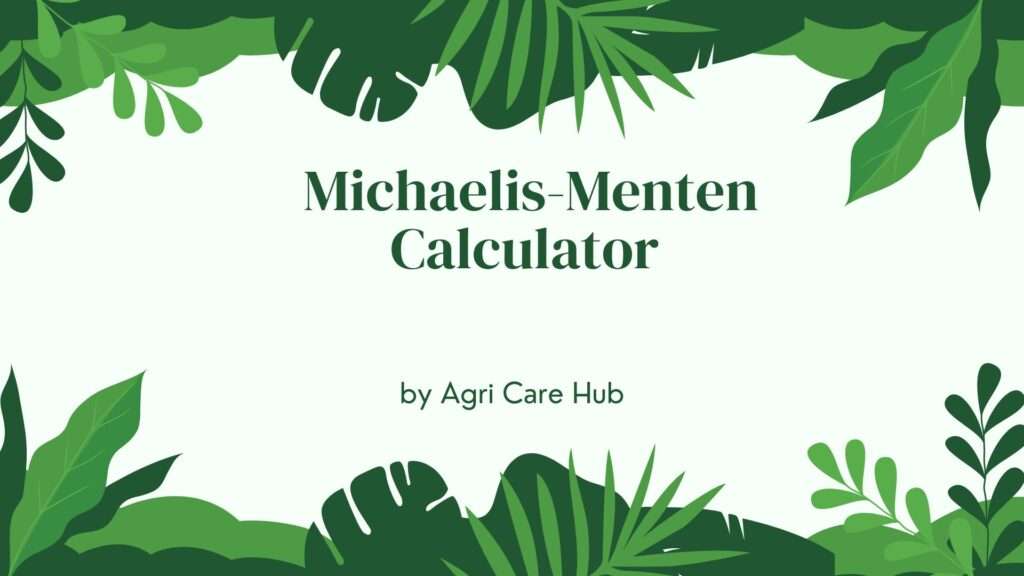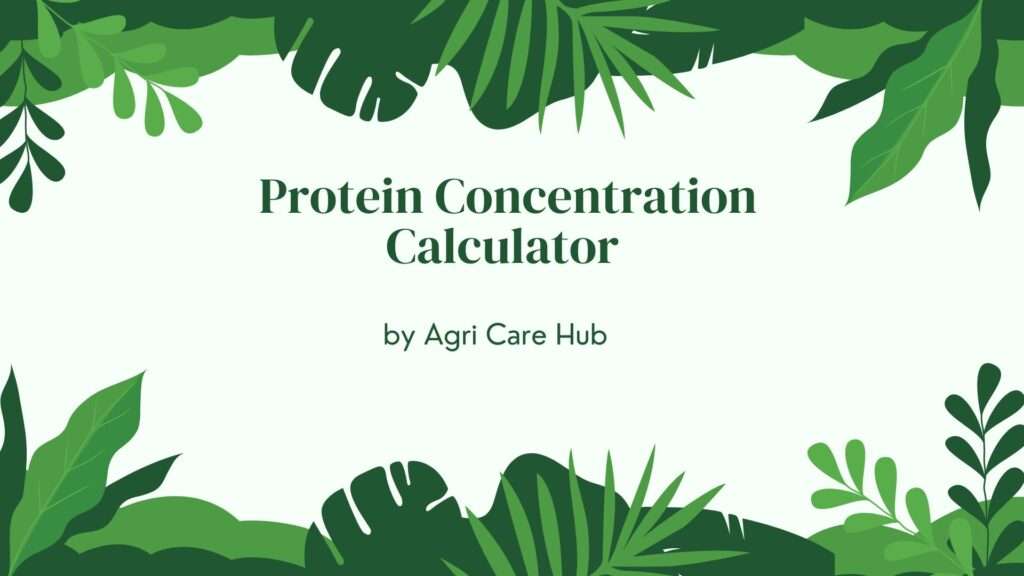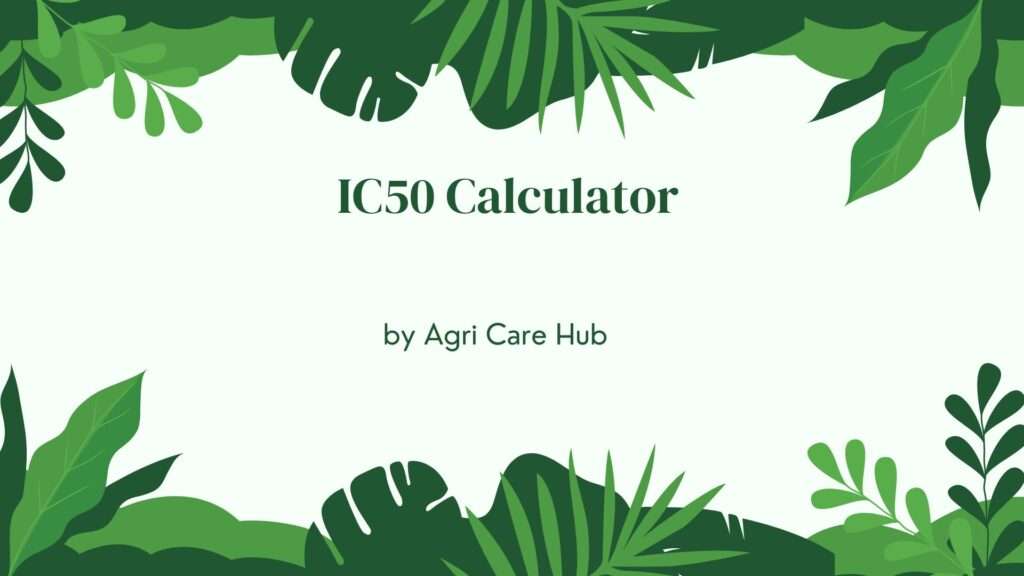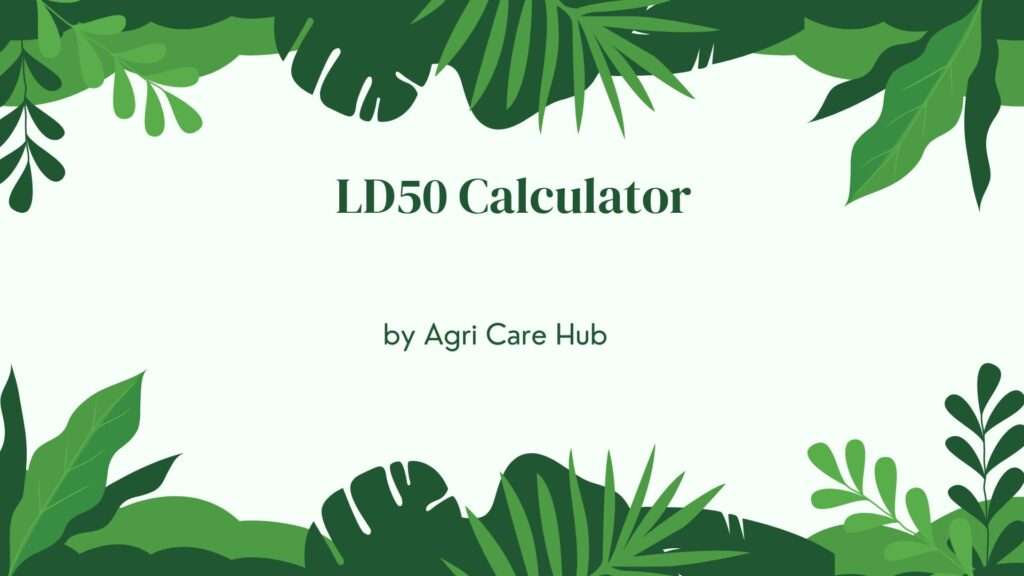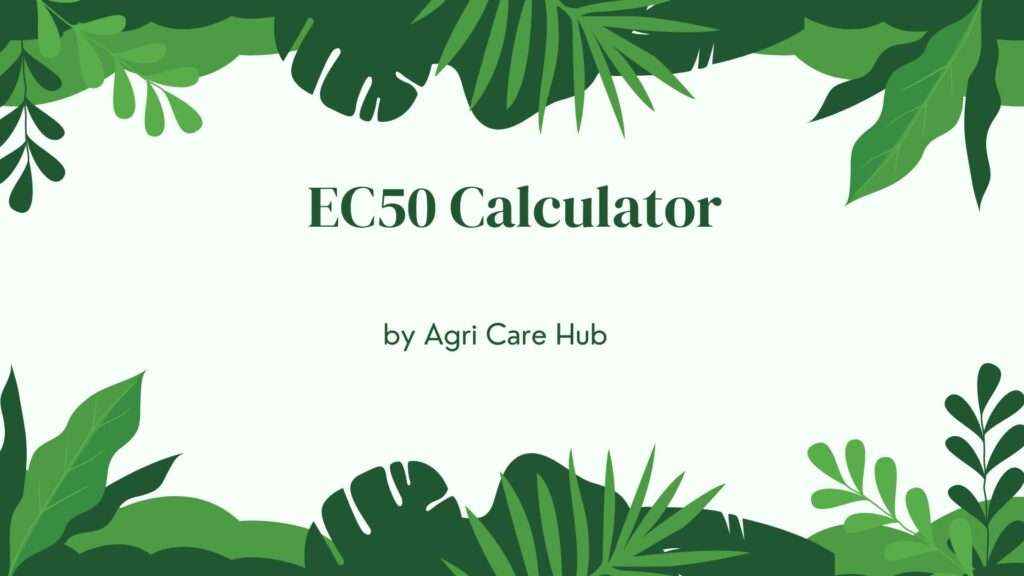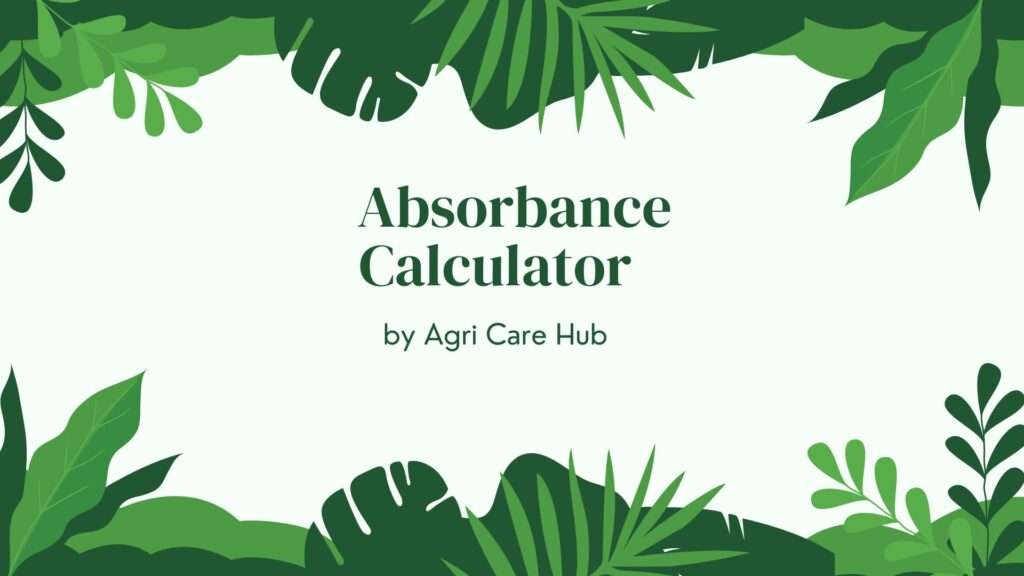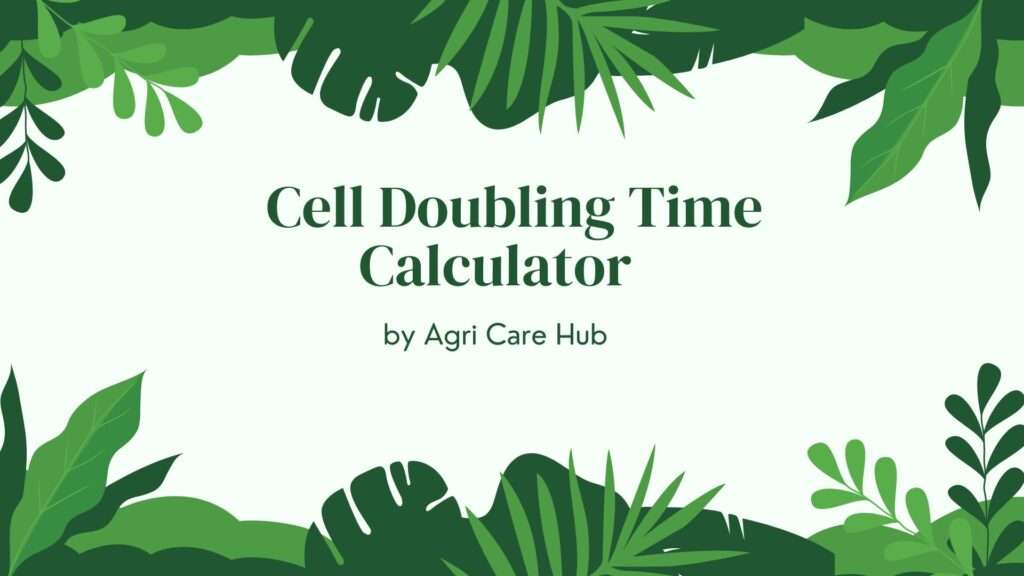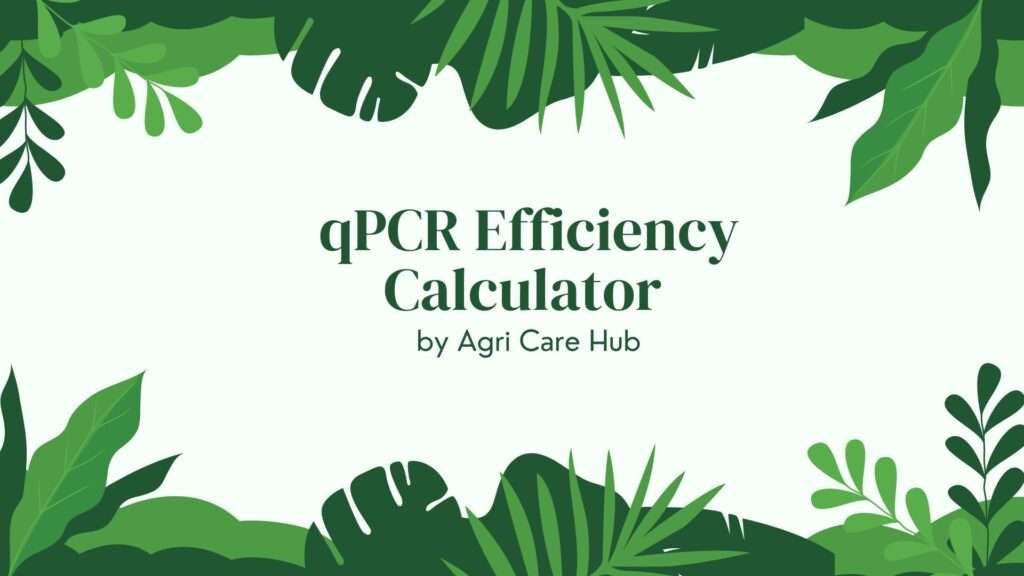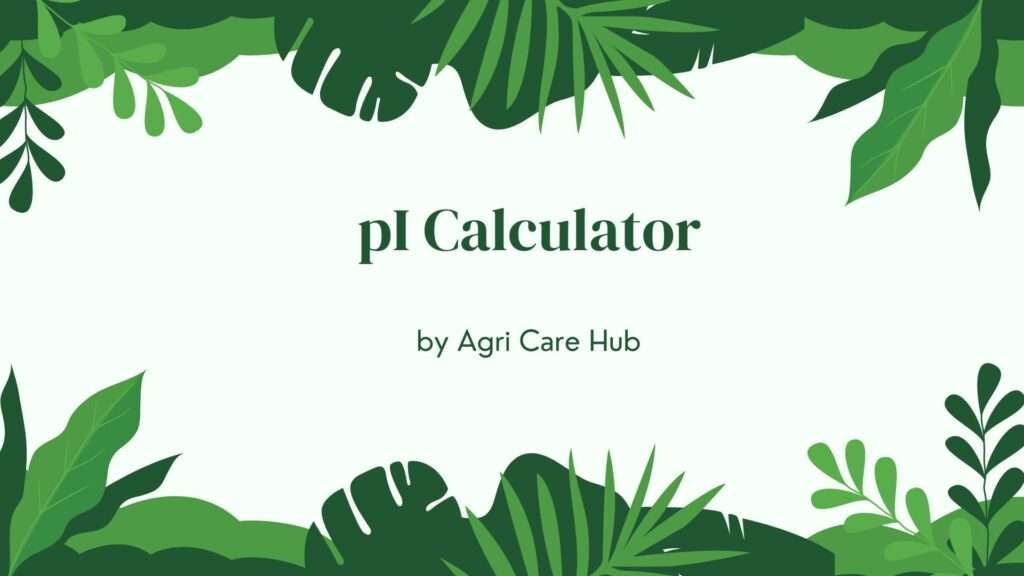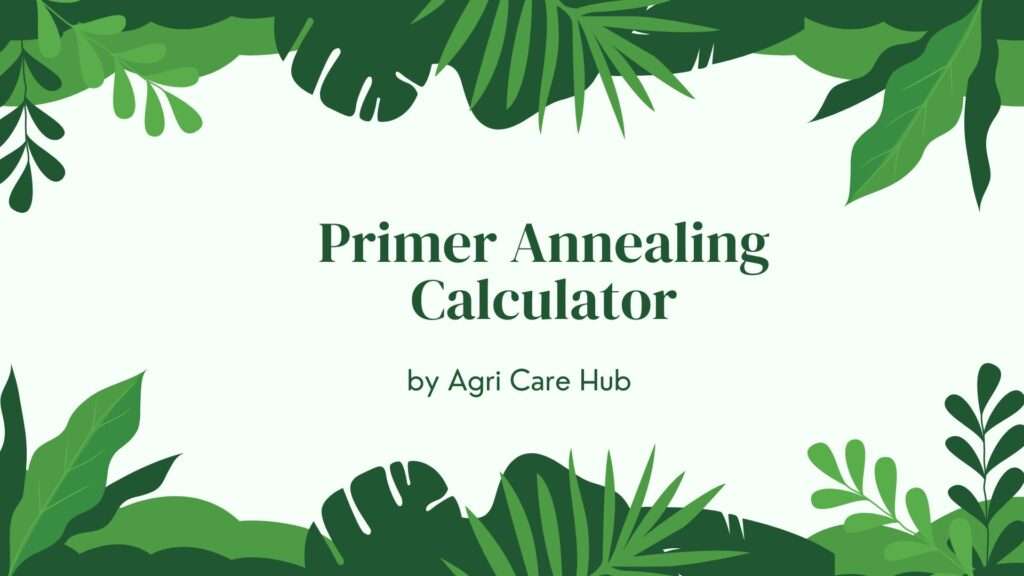Saturation Binding Calculator
Input Data
Enter the ligand concentrations and corresponding specific binding values (in counts or units, e.g., cpm or fluorescence units). Add at least 5 data points for accurate results.
Results
About the Saturation Binding Calculator
The Saturation Binding Calculator is a specialized tool designed to assist researchers, scientists, and students in analyzing receptor-ligand interactions in biochemical and pharmacological studies. By inputting ligand concentrations and their corresponding specific binding values, this calculator determines critical binding parameters such as the dissociation constant (Kd) and maximum binding capacity (Bmax). These parameters are essential for understanding the affinity and quantity of receptors in a sample, which are pivotal in drug development and biochemical research. For more detailed information on saturation binding assays, visit Saturation Binding.
Importance of the Saturation Binding Calculator
The Saturation Binding Calculator is an indispensable tool in modern biomedical research. It simplifies the complex process of analyzing receptor-ligand interactions, which are fundamental to understanding how drugs and molecules interact with biological systems. The calculator uses the principles of the saturation binding assay, a well-established method in pharmacology, to provide accurate and reliable results. By calculating Kd (the ligand concentration at which half of the receptors are occupied) and Bmax (the maximum number of binding sites), researchers can gain insights into the binding characteristics of a ligand, aiding in the development of new therapeutics. This tool is particularly valuable for professionals working in drug discovery, as it allows for precise quantification of binding affinity and receptor density.
The calculator is built on peer-reviewed scientific methodologies, ensuring that the results are trustworthy and aligned with established biochemical principles. It eliminates the need for manual calculations, reducing the risk of errors and saving valuable time. Whether you're a researcher studying receptor pharmacology or a student learning about ligand interactions, this tool provides a user-friendly interface to obtain accurate results quickly. For additional resources on biochemical tools, check out Agri Care Hub.
User Guidelines
To use the Saturation Binding Calculator effectively, follow these steps:
- Prepare Your Data: Collect experimental data from a saturation binding assay, including at least five ligand concentrations (in nanomolar, nM) and their corresponding specific binding values (e.g., in counts per minute, cpm, or fluorescence units).
- Input Data: Enter the ligand concentrations and specific binding values into the provided fields. Ensure all values are positive and accurate to avoid calculation errors.
- Calculate: Click the "Calculate" button to process the data. The calculator will perform a non-linear regression analysis based on the Michaelis-Menten equation to determine Kd and Bmax.
- Review Results: The results will display the calculated Kd (in nM) and Bmax (in the same units as your specific binding data). If there are issues with the input data, an error message will guide you to correct them.
- Interpret Results: Use the Kd and Bmax values to assess the ligand's affinity and the receptor's density in your sample. Lower Kd values indicate higher affinity, while higher Bmax values indicate more binding sites.
Ensure that your experimental data is obtained under controlled conditions, as factors like non-specific binding or assay variability can affect accuracy. Always validate your results with additional experiments if necessary.
When and Why You Should Use the Saturation Binding Calculator
The Saturation Binding Calculator is ideal for use in various scenarios, including:
- Drug Development: To evaluate the binding affinity of potential drug candidates to their target receptors, aiding in the selection of promising compounds.
- Receptor Studies: To quantify receptor density in tissues or cells, which is crucial for understanding physiological and pathological processes.
- Academic Research: To support studies in biochemistry, pharmacology, and molecular biology, providing students and researchers with a reliable tool for data analysis.
- Quality Control: To verify the consistency of receptor-ligand interactions in experimental setups, ensuring reproducibility in research.
Using this calculator ensures that your analysis is based on robust scientific principles, specifically the Michaelis-Menten model adapted for receptor-ligand binding. This model assumes that the binding follows a hyperbolic relationship, where specific binding (B) is described by the equation:
B = (Bmax * [L]) / (Kd + [L])
Here, [L] is the ligand concentration, Bmax is the maximum binding capacity, and Kd is the dissociation constant. The calculator uses numerical methods to fit your data to this equation, providing precise estimates of Kd and Bmax.
Purpose of the Saturation Binding Calculator
The primary purpose of the Saturation Binding Calculator is to streamline the analysis of receptor-ligand interactions, making it accessible to both experts and novices in the field. By automating the calculation process, it reduces the complexity of data analysis and minimizes errors. The tool is designed to:
- Enhance Accuracy: Provide precise Kd and Bmax values based on established biochemical models.
- Save Time: Eliminate the need for manual curve-fitting or complex software, allowing researchers to focus on interpreting results.
- Support Education: Help students understand the principles of receptor-ligand binding through practical application.
- Facilitate Research: Enable researchers to quickly analyze binding data, accelerating the pace of discovery in drug development and biochemical studies.
The calculator is particularly useful in fields like pharmacology, where understanding the binding properties of a ligand can determine its potential as a therapeutic agent. For example, a drug with a low Kd value (high affinity) is more likely to be effective at lower concentrations, making it a promising candidate for further development.
Scientific Basis of the Calculator
The Saturation Binding Calculator is grounded in the principles of receptor-ligand binding kinetics, specifically the law of mass action. The binding of a ligand to a receptor is a reversible process that reaches equilibrium, where the rate of association equals the rate of dissociation. The dissociation constant (Kd) represents the ligand concentration at which 50% of the receptors are occupied, reflecting the ligand's affinity. Bmax represents the total number of available binding sites, indicating receptor density.
The calculator employs a non-linear regression algorithm to fit the input data to the hyperbolic binding equation. This approach is widely accepted in peer-reviewed literature and is used in standard biochemical assays. The methodology ensures that the results are consistent with experimental data, provided the input values are accurate and the assay conditions are controlled.
For researchers interested in exploring related tools, Agri Care Hub offers additional resources for biochemical and agricultural research. Similarly, Saturation Binding provides in-depth information on the assay's theoretical background.
Applications in Drug Development
In drug development, the Saturation Binding Calculator plays a critical role in characterizing potential drug candidates. By determining Kd, researchers can assess how tightly a drug binds to its target receptor, which is a key factor in its efficacy. A lower Kd indicates a higher affinity, meaning the drug can be effective at lower doses, potentially reducing side effects. Bmax provides insights into the receptor density in a target tissue, which can influence dosing strategies and therapeutic outcomes.
For example, in the development of drugs for neurological disorders, understanding the binding affinity of a compound to neurotransmitter receptors can guide the optimization of its chemical structure. The calculator's ability to provide quick and accurate results makes it an essential tool in high-throughput screening and lead optimization phases.
Limitations and Considerations
While the Saturation Binding Calculator is a powerful tool, users should be aware of its limitations:
- Data Quality: The accuracy of the results depends on the quality of the input data. Ensure that specific binding values are corrected for non-specific binding and that the assay is performed under equilibrium conditions.
- Assay Variability: Experimental factors like temperature, pH, or receptor degradation can affect binding measurements. Always validate results with replicate experiments.
- Model Assumptions: The calculator assumes a single binding site model. For complex systems with multiple binding sites, additional analysis may be required.
By keeping these considerations in mind, users can maximize the reliability of the calculator's output and apply it effectively in their research.
Conclusion
The Saturation Binding Calculator is a vital tool for anyone involved in receptor-ligand interaction studies. Its user-friendly interface, combined with robust scientific methodologies, makes it an essential resource for researchers, students, and professionals in biochemistry and pharmacology. By providing accurate Kd and Bmax values, the calculator supports critical decision-making in drug development and academic research. For further exploration of biochemical tools and resources, visit Agri Care Hub and Saturation Binding.


